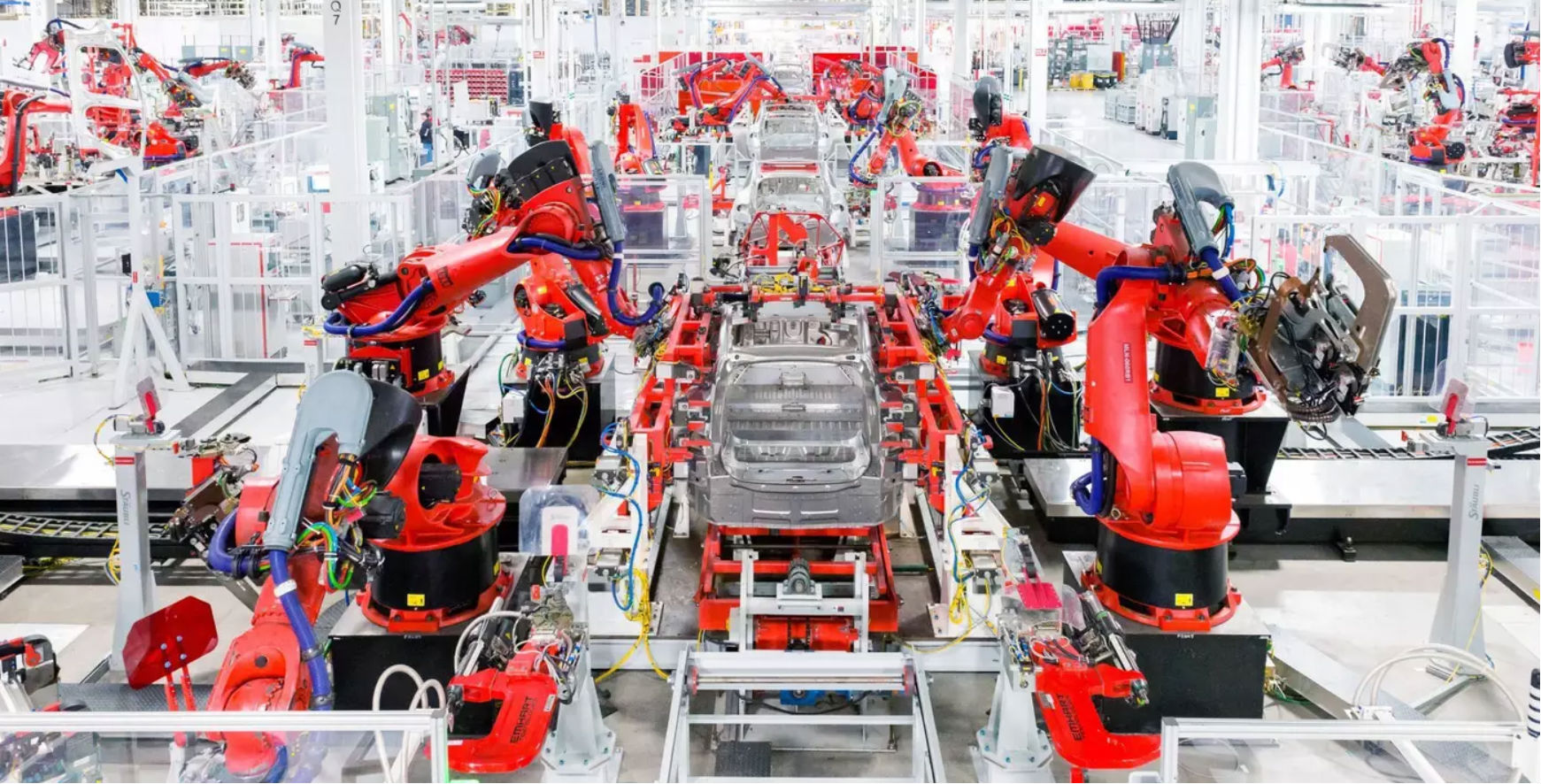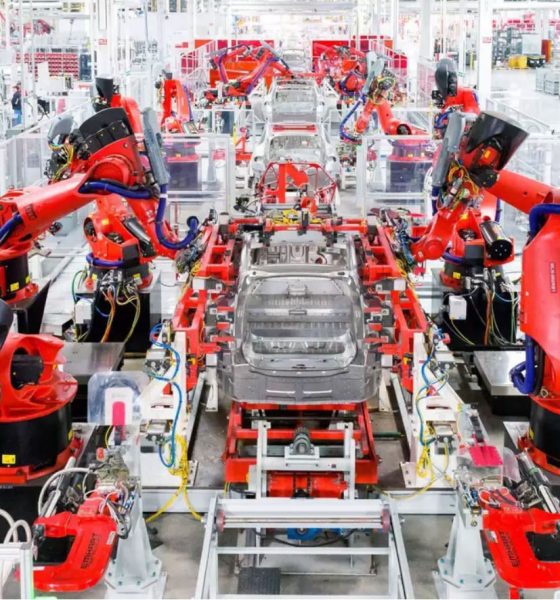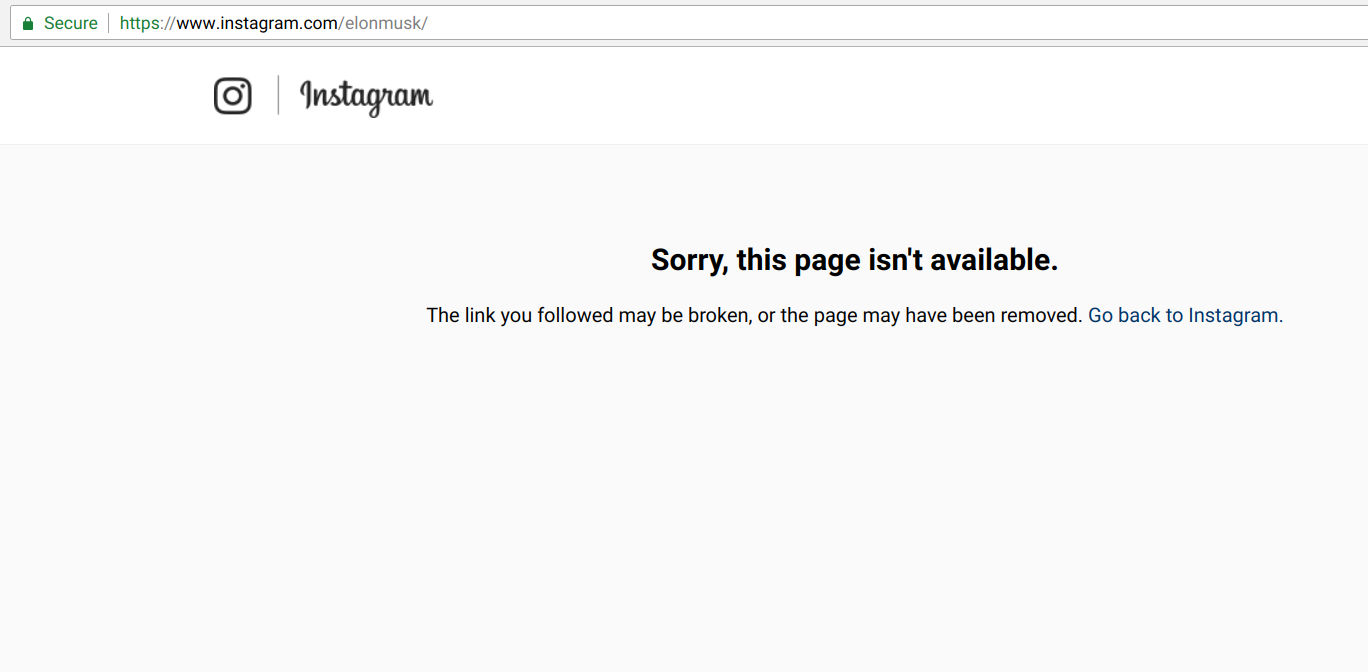

Investor's Corner
Morgan Stanley stops Tesla (TSLA) equity coverage, Elon Musk tempers social media use
Tesla stock (NASDAQ:TSLA) is up ~3% in early Tuesday trading amid reports that Morgan Stanley has stopped its equity coverage of the company. As of writing, Morgan Stanley’s website currently shows that Tesla had been moved from “Equal-weight” to “Not Rated.”
Neither Tesla nor Morgan Stanley has issued a formal statement about why the financial firm ceased its coverage of the electric car maker. Nevertheless, speculations have now emerged that Tesla might have reached an agreement with Morgan Stanley to have the investment bank serve as a financial advisor for the company’s possible privatization. Just last week, analyst David Tamberrino revealed that Goldman Sachs is serving as a financial advisor to Tesla for the company’s go-private initiative. Prior to the release of Tamberrino’s update, Goldman Sachs also stopped its equity coverage of Tesla.
Apart from Morgan Stanley possibly serving as a financial advisor to the electric car maker, reports also emerged that Norway’s wealth fund could stay as a Tesla investor even if the company goes private. This was addressed by Trond Grande, the deputy CEO of Norway’s $1 trillion wealth fund in a statement to Reuters. Norway’s wealth fund had a 0.48% stake in the carmaker as of the beginning of 2018, which is worth about $253 million.
“The priority is to try to preserve the value for the fund. That is the priority. If that means that the fund will be invested in a company that has been delisted for a period of time, that could happen,” Grande said.
Tesla stock had been particularly volatile since Elon Musk tweeted earlier this month that funding had been secured for the company to go private at $420 per share. Immediately after Musk’s Twitter announcement, Tesla stock soared, closing the day up 11% at $379.57 per share. Tesla stock has taken a steady trek down in the days that followed, as questions emerged about the source of funding Musk mentioned in his tweet. The company’s stock hit a low of $288.20 on Monday’s early day trading, before recovering and ending the day at $308.44 per share.
There is little doubt that Tesla’s current volatility was caused in no small part by Elon Musk’s social media activities. Had Musk not announced that funding was secured for Tesla’s privatization on Twitter, the CEO would have escaped much of the criticism being directed towards him today. And this is not the first time Musk’s social media activities affected Tesla’s stock either. When Musk had a row with a British cave explorer about his efforts to help rescue a stranded soccer team in Thailand, for example, Musk’s Twitter activities partly fueled a drop in Tesla stock. In an interview with Bloomberg‘s Tom Randall last month, Elon Musk mentioned that he would try to temper himself more on social media, particularly Twitter.
“I have made the mistaken assumption—and I will attempt to be better at this—of thinking that because somebody is on Twitter and is attacking me that it is open season. And that is my mistake. I will correct it,” he said.

Today, Elon Musk appears to have taken a significant step towards tempering his social media use even further. Musk has been using Twitter and Instagram to post updates about his companies and his personal life, but today, his Instagram page appears to have been taken offline. Navigating to Musk’s page, which had 8.4 million followers, now shows a page stating that the profile might have been deleted.
Elon Musk’s use of social media is pretty much a double-edged sword for Tesla. On the one hand, it enables him to interact with his company’s fans and customers directly, but on the other hand, it could also result in him causing harm to Tesla stock. As more pieces of the puzzle seemingly emerge with regards to Tesla’s privatization, it appears that the deletion of Musk’s Instagram page might be a step towards the CEO adopting a more cautious online stance on the company’s privatization.
As of writing, Tesla stock is showing more recovery, up 3.23% at $318.41 per share.
Disclosure: I have no ownership in shares of TSLA and have no plans to initiate any positions within 72 hours.

Investor's Corner
Tesla stock closes at all-time high on heels of Robotaxi progress

Tesla stock (NASDAQ: TSLA) closed at an all-time high on Tuesday, jumping over 3 percent during the day and finishing at $489.88.
The price beats the previous record close, which was $479.86.
Shares have had a crazy year, dipping more than 40 percent from the start of the year. The stock then started to recover once again around late April, when its price started to climb back up from the low $200 level.
This week, Tesla started to climb toward its highest levels ever, as it was revealed on Sunday that the company was testing driverless Robotaxis in Austin. The spike in value pushed the company’s valuation to $1.63 trillion.
Tesla Robotaxi goes driverless as Musk confirms Safety Monitor removal testing
It is the seventh-most valuable company on the market currently, trailing Nvidia, Apple, Alphabet (Google), Microsoft, Amazon, and Meta.
Shares closed up $14.57 today, up over 3 percent.
The stock has gone through a lot this year, as previously mentioned. Shares tumbled in Q1 due to CEO Elon Musk’s involvement with the Department of Government Efficiency (DOGE), which pulled his attention away from his companies and left a major overhang on their valuations.
However, things started to rebound halfway through the year, and as the government started to phase out the $7,500 tax credit, demand spiked as consumers tried to take advantage of it.
Q3 deliveries were the highest in company history, and Tesla responded to the loss of the tax credit with the launch of the Model 3 and Model Y Standard.
Additionally, analysts have announced high expectations this week for the company on Wall Street as Robotaxi continues to be the focus. With autonomy within Tesla’s sights, things are moving in the direction of Robotaxi being a major catalyst for growth on the Street in the coming year.
Elon Musk
Tesla needs to come through on this one Robotaxi metric, analyst says
“We think the key focus from here will be how fast Tesla can scale driverless operations (including if Tesla’s approach to software/hardware allows it to scale significantly faster than competitors, as the company has argued), and on profitability.”

Tesla needs to come through on this one Robotaxi metric, Mark Delaney of Goldman Sachs says.
Tesla is in the process of rolling out its Robotaxi platform to areas outside of Austin and the California Bay Area. It has plans to launch in five additional cities, including Houston, Dallas, Miami, Las Vegas, and Phoenix.
However, the company’s expansion is not what the focus needs to be, according to Delaney. It’s the speed of deployment.
The analyst said:
“We think the key focus from here will be how fast Tesla can scale driverless operations (including if Tesla’s approach to software/hardware allows it to scale significantly faster than competitors, as the company has argued), and on profitability.”
Profitability will come as the Robotaxi fleet expands. Making that money will be dependent on when Tesla can initiate rides in more areas, giving more customers access to the program.
There are some additional things that the company needs to make happen ahead of the major Robotaxi expansion, one of those things is launching driverless rides in Austin, the first city in which it launched the program.
This week, Tesla started testing driverless Robotaxi rides in Austin, as two different Model Y units were spotted with no occupants, a huge step in the company’s plans for the ride-sharing platform.
Tesla Robotaxi goes driverless as Musk confirms Safety Monitor removal testing
CEO Elon Musk has been hoping to remove Safety Monitors from Robotaxis in Austin for several months, first mentioning the plan to have them out by the end of 2025 in September. He confirmed on Sunday that Tesla had officially removed vehicle occupants and started testing truly unsupervised rides.
Although Safety Monitors in Austin have been sitting in the passenger’s seat, they have still had the ability to override things in case of an emergency. After all, the ultimate goal was safety and avoiding any accidents or injuries.
Goldman Sachs reiterated its ‘Neutral’ rating and its $400 price target. Delaney said, “Tesla is making progress with its autonomous technology,” and recent developments make it evident that this is true.
Investor's Corner
Tesla gets bold Robotaxi prediction from Wall Street firm
Last week, Andrew Percoco took over Tesla analysis for Morgan Stanley from Adam Jonas, who covered the stock for years. Percoco seems to be less optimistic and bullish on Tesla shares, while still being fair and balanced in his analysis.

Tesla (NASDAQ: TSLA) received a bold Robotaxi prediction from Morgan Stanley, which anticipates a dramatic increase in the size of the company’s autonomous ride-hailing suite in the coming years.
Last week, Andrew Percoco took over Tesla analysis for Morgan Stanley from Adam Jonas, who covered the stock for years. Percoco seems to be less optimistic and bullish on Tesla shares, while still being fair and balanced in his analysis.
Percoco dug into the Robotaxi fleet and its expansion in the coming years in his latest note, released on Tuesday. The firm expects Tesla to increase the Robotaxi fleet size to 1,000 vehicles in 2026. However, that’s small-scale compared to what they expect from Tesla in a decade.
Tesla expands Robotaxi app access once again, this time on a global scale
By 2035, Morgan Stanley believes there will be one million Robotaxis on the road across multiple cities, a major jump and a considerable fleet size. We assume this means the fleet of vehicles Tesla will operate internally, and not including passenger-owned vehicles that could be added through software updates.
He also listed three specific catalysts that investors should pay attention to, as these will represent the company being on track to achieve its Robotaxi dreams:
- Opening Robotaxi to the public without a Safety Monitor. Timing is unclear, but it appears that Tesla is getting closer by the day.
- Improvement in safety metrics without the Safety Monitor. Tesla’s ability to improve its safety metrics as it scales miles driven without the Safety Monitor is imperative as it looks to scale in new states and cities in 2026.
- Cybercab start of production, targeted for April 2026. Tesla’s Cybercab is a purpose-built vehicle (no steering wheel or pedals, only two seats) that is expected to be produced through its state-of-the-art unboxed manufacturing process, offering further cost reductions and thus accelerating adoption over time.
Robotaxi stands to be one of Tesla’s most significant revenue contributors, especially as the company plans to continue expanding its ride-hailing service across the world in the coming years.
Its current deployment strategy is controlled and conservative to avoid any drastic and potentially program-ruining incidents.
So far, the program, which is active in Austin and the California Bay Area, has been widely successful.








